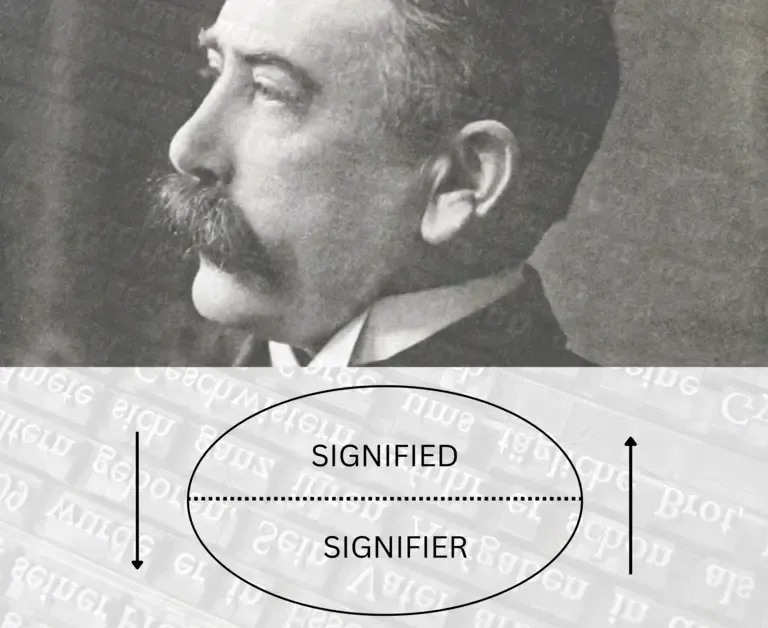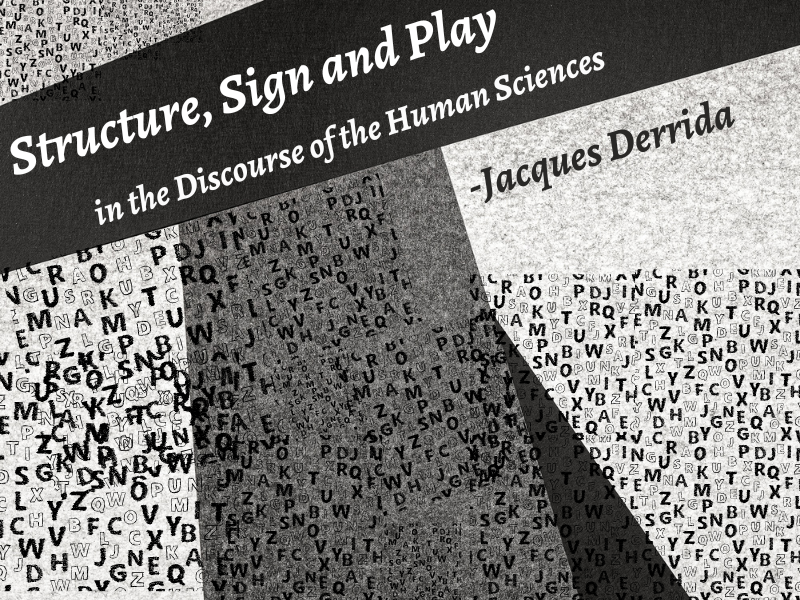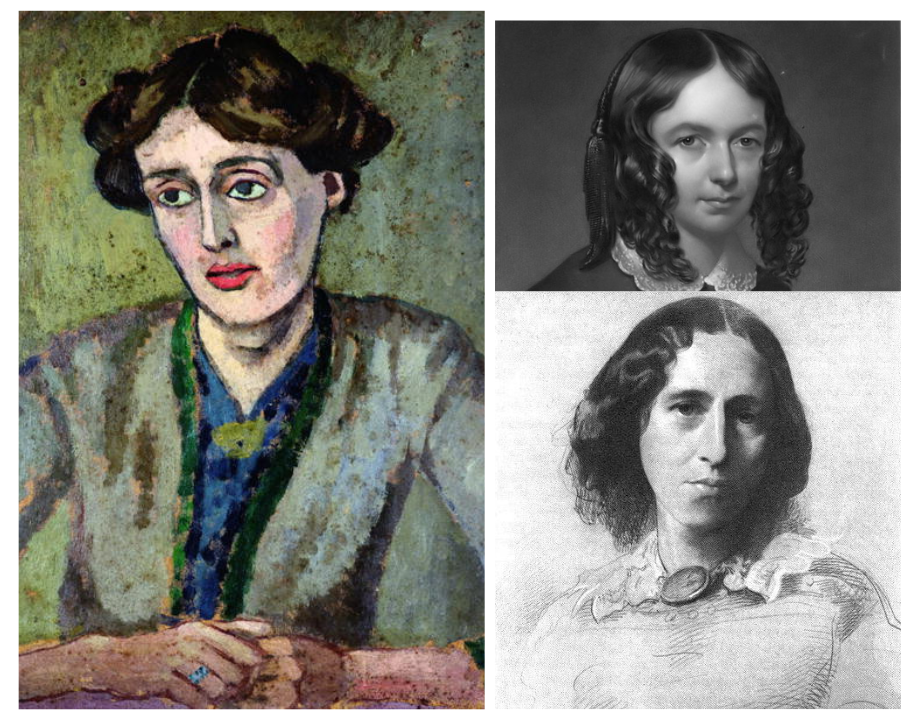Hegel's Dialectical Method
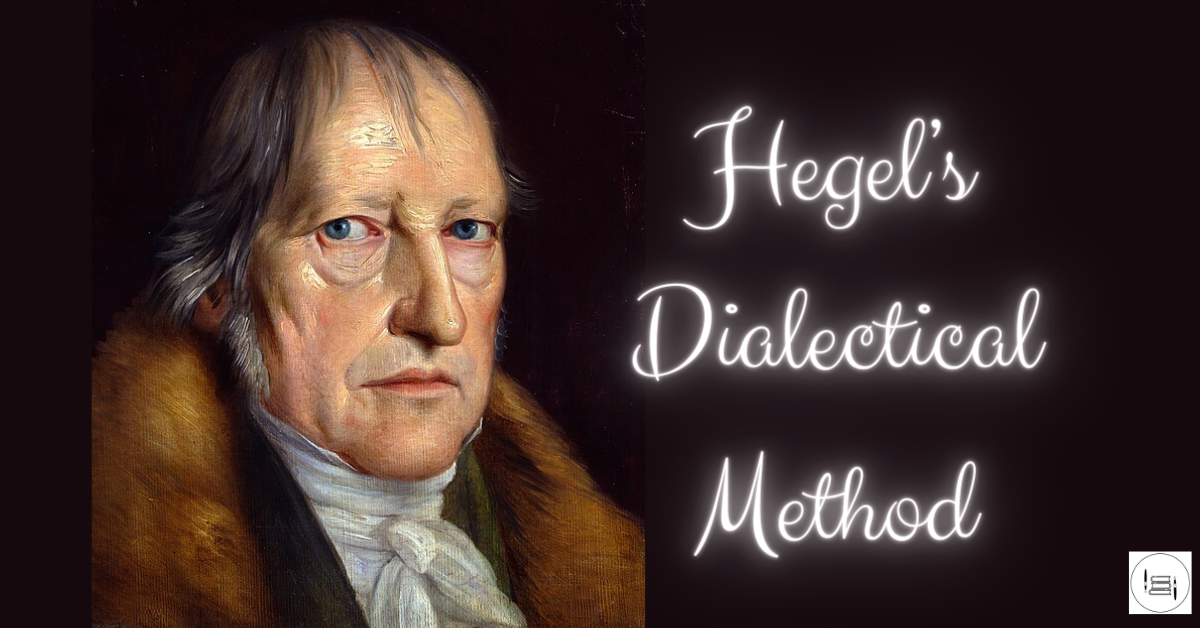
There are few theorists and philosophers in the world who are as monumental, controversial, and complex as Georg Wilhelm Friedrich Hegel (1770-1831). He was a thinker who attempted to embrace all varied philosophies and perceived history as a process toward complete freedom. Hegel’s dialectical method is among his most significant theories and is crucial to an understanding of Marxism.
This article includes

A Background
Knowing Hegel a Little Better
Know Hegel a little better
- Hegel was keen on assimilating knowledge from all domains- mathematics, physics, psychology, philosophy, and many others. He wanted to know everything. He had internalized an impressive range of information and often quoted from memory.
- Hegel shared an extremely strong bond with his sister Christiane. Upon his death, Christine wrote to her brother’s widow: “Lacked all bodily agility. Must have been easy to get along with, for he always had many friends; loved to jump, but was utterly awkward in dancing lessons”. Three months after Hegel’s death, Christiane went for a walk and drowned herself.
- Hegel and his friend Hölderlin dreamt of a new religion for the age of freedom. They coined the catchphrase “monotheism of reason and heart, polytheism of imagination and art”
- Goethe had a profound impact on him and Hegel wrote to him in one of his letters: “When I survey the course of my spiritual development, I see you everywhere woven into it and would like to call myself one of your sons…”
- Hegel acquired his first secure academic post at the age of 46 years.
Before understanding Hegel’s dialectics, we must attempt to understand the socio-political circumstances that shaped and influenced him. Most of Hegel’s theories were developed amidst monumental and sometimes violent political struggles. He witnessed major historic events that shaped his thoughts and philosophy.
Impact of French Revolution
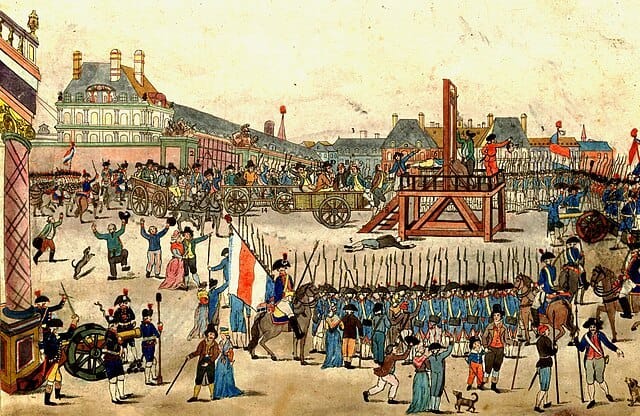
The most impactful historical event that influenced Helgel was the French Revolution (1789-1799) which displaced feudalism and aristocracy, and witnessed the rise of the bourgeoisie. The revolution was driven by the Enlightenment philosophy that focused on reason, science, autonomy, individual independence, and secularism. Just like William Wordsworth, Samuel Taylor Coleridge, and many prominent figures, Hegel too considered the French Revolution the dawn of a new era that was founded on rationality and freedom. Unfortunately, the revolution deteriorated into the violent Age of Terror (1793-1794). Hegel’s first work The Phenomenology of Spirit (1807) attempted to explain this Age of Terror as a result of asserting absolute freedom, devoid of any moral context or foundation.

In 1791, the French revolutionaries began the invasion of Germany which was then a loose confederation of states including the state of Prussia. In 1806, the French army led by Napoleon defeated Prussia at the Battle of Jena. It was at this very time that Hegel had finished writing his Phenomenology Of Spirit. For him, the arrival of Napoleon in Germany marked the arrival of the ideals of the French Revolution. He hoped that feudalism and aristocracy that still plagued German society would finally be dissolved and replaced by equality and the rights of citizens.
The day Napoleon’s troops entered the city of Jena, Hegel wrote to Niethammer
“I saw the Emperor- that World Soul - riding out to reconnoiter the city; it is truly a wonderful sensation to see such an individual, concentrated here on a single point, astride a single horse, yet reaching across the world and ruling it…”
Thus, the French Revolution with its ideals of Liberty, Equality, and Fraternity significantly influenced not just Hegel’s dialectical method but his overall philosophy as well.
An Overview of Hegel’s Philosophy
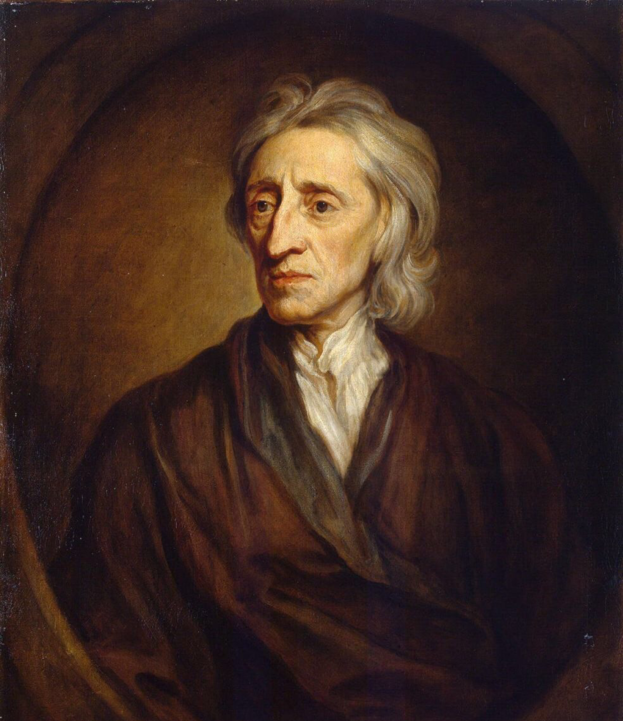
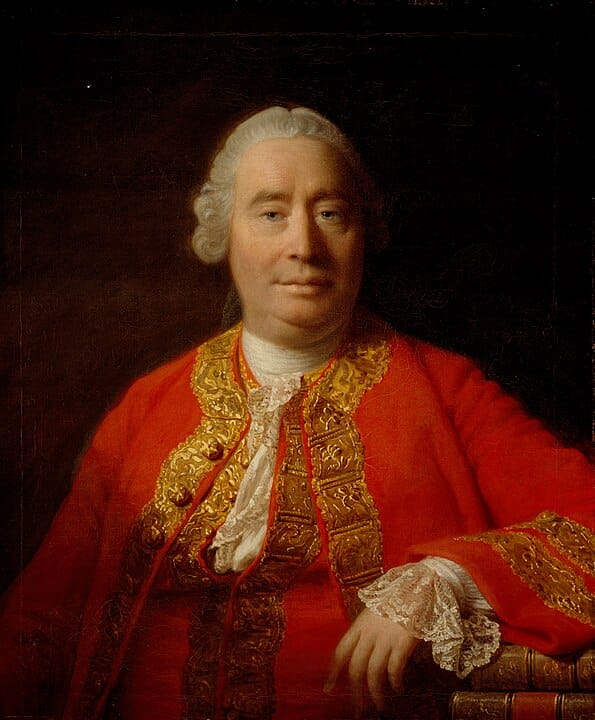

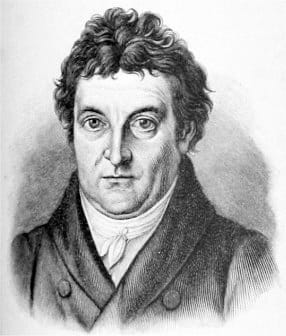
John Locke (top left), David Hume (top right), René Descartes (top left), and Johann Gottlieb Fichte
Hegel acknowledged the importance of enlightenment philosophy as articulated and associated with prominent thinkers like Descartes, John Locke, and David Hume. Descartes’s first philosophical principle “cogito, ergo sum” which translates to, “I think therefore I am” implies that an individual exists because they think. When one doubts, one thinks, and the very act of thinking is the foundation of all knowledge. For Hegel, Descartes’s self-consciousness or ‘cogito’ was extremely significant because it was the first movement of departure from theology and the ‘principle of substance’, towards the principle of self-conscious subjectivity that is ever evolving and changing. Hegel agreed with Descartes’s concept of a thinking, self-conscious being.
At the same time, Hegel also points out that Descartes uses the concept of self-consciousness as a stable concept rather than an ever-changing consciousness that reaches absolute truth through evolution in History.
Enlightenment and Empiricism
Enlightenment and Empiricism were driving forces of the French Revolution. According to this philosophy, individual experience and perception were the base of all knowledge. Empiricism focused on the world and knowledge one could perceive through the senses. John Locke introduced the concept of Tabula Rasa or Blank Slate. He argued that our minds are just like blank slates when we are born. We gain all knowledge through our senses and experiences as we grow. Empiricism was a departure from the medieval idea of some innate underlying knowledge.
Similarly, Enlightenment philosophy too challenged conventional theological philosophy and believed in:
- Promoting and celebrating reason and rationality.
- Focusing on Science and Scientific Methods
- Individual autonomy and independence
- Secularism and separation between religion and politics
- Prioritizing rights and representation of citizens
- Human progress through rationality.
- Criticism of Absolutism
Although Enlightenment progressively focused on an individual's rationality, in the process, it created a gulf between the self and the world, subject and object, and thought and reality. As a response, Hegel’s philosophy attempted to integrate the philosophies of Enlightenment and Romanticism that focused on the unity of the self and the world. This attempt was significantly impacted by Immanuel Kant.
Impact of Kant
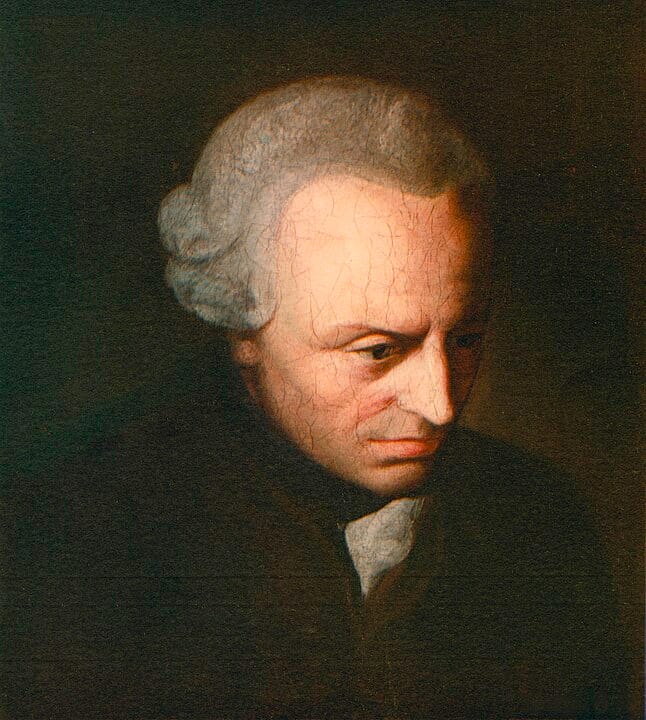
In his work Critique of Pure Reason (1781), Kant had highlighted the limitations of human rationale and criticized man’s confidence in the power of reason through his concepts of phenomena and noumena. According to him, the world perceived and understood through the human senses and mental faculties is known as phenomenon. All our knowledge is founded on phenomena. Moreover, because this knowledge relies on an individual’s perception and mind, it is extremely subjective and is influenced by our experiences. Phenomena do not reveal the world in reality. On the other hand, noumenon is the objective reality of the world that is free of our perception. According to Kant, one cannot grasp noumena as we are hindered by our senses, mental abilities, and experiences. Unlike the subjectivity of phenomena, noumenon is the reality that exists independently from our perceptions.
Immanuel Kant influenced Hegel and his contemporaries Fichte, Schiller, and Schelling who attempted to bridge the distinction between how the world was perceived (phenomena) and how the world really was (noumena). Hegel’s philosophy attempted to unite the world of nature and mind, object and subject through rationality rather than intuition.

Hegel's Dialectical Method
Hegel attempted to bridge his own logic with conventional Aristotelian logic that was accepted as the standard for 2000 years. Aristotle’s deductive argument was known as syllogism. The syllogism consists of a major premise, a minor premise, and a conclusion. For example:
Major Premise: All animals are mortals (gives a general principle)
Minor Premise: All dogs are animals (applies the principle to a specific situation)
Conclusion: All dogs are mortals (conclusion logically combines the two)
Hegel realized that he would not be able to work with the Aristotelian argument and logic and decided to come up with his own. As a result, Hegel’s different way of thinking is known as dialectical thinking and it is outlined in a passage of his Phenomenology of Spirit.
“everything turns on grasping and expressing the True, not only as Substance, but equally as Subject… This Substance is, as Subject, pure, simple negativity, and is for this very reason the bifurcation of the simple; it is the doubling which sets up opposition, and then again the negation of this indifferent diversity and of its antithesis (the immediate simplicity). Only this self-restoring sameness, or this reflection in otherness within itself - not an original or immediate unity as such - is the True. It is the process of its own becoming, the circle that presupposes its end as its goal, having its end also as its beginning; and only by being worked out to its end, is it actual.”
The core of Hegel’s dialectical method was to grasp and comprehend the Truth. This Truth was not an immutable, underlying substance. Instead, it also constitutes an ever-evolving subjectivity. Thus, for Hegel, Truth consists of both the Substance as well as the Subject.
Hegel gave a detailed account of his dialectical method in Part I of his Encyclopaedia of Philosophical Sciences, also known as Encyclopaedia Logic. There are three phases or moments according to Hegel's dialectical method.
Phase I - The first phase is of immediate and simplified identity of self. This is the phase when we immediately recognize an object as something that exists independently in itself and is isolated from any context. For example, when we see a bud, blossom, or fruit, we instantly recognize them as particular objects. We instantly think of them as objects that exist independently.
Phase II - The second phase in Hegel’s dialectics is that of mediation and externalization. At this stage, we begin to view an object’s identity and essence in relation to the external world. We go beyond the object’s immediate existence and shift the focus toward its universal qualities that transcend its particular existence. Once we begin to meditate about the bud, blossom, or fruit, we begin to see how their essence lies beyond them. The essence of the bud is not restricted to itself but goes beyond and to the blossom and ultimately the fruit. Similarly, the essence of a blossom goes back to the bud and extends to the fruit. In this way, upon mediation and externalization, we go beyond the immediate, simplified identity.
Phase III - The third stage in Hegel’s dialectics is mediated unity or mediated identity. This phase unites the two perspectives of the object - the object as an immediate, simplified, and independent existence, without any context, and the object as an existence with universal essential qualities. During this stage, one realizes that the bud, blossom, and fruit are all stages in the life of a plant. All three stages that had their individual characteristics have culminated in their true identity as a plant. It is in being a plant that all the three stages unite and connect.
According to Hegel, the only Truth lies in Totality/Unity/Whole. Every moment, stage, or phase was just a partial component of the whole that preserved within itself parts of each stage it overcame. Overcoming was a developmental process that culminated in totality. Hegel’s dialectic mode of thinking reveals that the self and the world are connected. According to dialectical thought, the world as immediately perceived by our senses should not be called reality. Everything in the world exists within context and relation with something else. We cannot comprehend anything in isolation. Everything contains a contradiction between its immediate independent form and the essence that relies upon the external world.
Hegel's Dialectical Method: Being - Nothing - Becoming
To explain dialectics further, let us take the example of Being and Nothing. According to Hegel, the concept of Being is ‘the absolute abstraction’. This is because if one considers Being in its purest form, one would have to strip it of all the external attributes. Once stripped of external attributes, Being is reduced to Nothing. Thus, at that stage, no difference exists between Being and Nothing. One realizes that both Being and Nothing constantly pass into each other.
Thus, when we think of Being and Nothing, we immediately perceive and identify them as polar opposites that are completely independent of each other. We perceive Being as completely detached from Nothing and vice versa. This immediate perception can be the first stage of Hegel’s dialectics.
However, upon critical thinking or negation (as termed by Hegel) one realizes that it is impossible to define or perceive Being without Nothing. The essence of the concept of Being lies in its opposing concept of Nothing. This is the second stage of Hegel’s dialectics.
The third stage of Hegel’s dialectical thinking arrives with the realization that both Being and Nothing are a part of the unifying process of Becoming which sublates (preserves and overcomes) both the concepts. Thus, Becoming is the ultimate truth of Being and Nothing.
Hegel’s dialectics attempts to amalgamate the truths of rationalist and empirical strands of Enlightenment with Romantic philosophy. For him, each philosophy is a phase of the overall dialectic.
Let us consider another example to understand Hegel’s dialectical method. The life cycle of a human being consists of three main phases.
- Childhood
- Adulthood
- Old Age
In the very first instance, all three stages seem to have an independent existence without any external context. However, after some reflection, one realizes that one cannot understand childhood without adulthood or old age. The very essence of childhood lies externally. All phases of childhood, adulthood, and old age are connected and a part of the unifying human life. Since our birth, each stage sublates into another till we die.
Hegel’s Dialectical Method at Historical Level
According to Hegel, we cannot understand nations, events, and people without a historical context. For him, human history was the journey of consciousness towards self-conscious freedom through higher rationality. This rationality is attained by both the human mind as well as by political organizations. After all, once we have become rational, we will organically abide by rules and regulations without any coercion.
For example, let us consider Monarchy, where a single person rules. This is the first moment of state formation. This monarchy eventually gets opposed by a different kind of government, which is democracy. This can be seen as a contradiction.
Both monarchy and democracy are in tension and contradiction with each other, as well as within themselves. Monarchy undergoes internal tension because it relies on the obedience of people without giving them any agency, power, or voice. On the other hand, democracy is in tension within itself because giving people power and representation leads to the risk of commotion and anarchy.
As a result, both monarchy and democracy collapse because of internal tensions within themselves as well as the opposition between each other. This collapse results in the formation of a constitutional monarchy. Both monarchy and democracy sublate in the formation of the new form of government. This was considered as an ideal government by Hegel. A constitutional monarchy empowers people through the constitution while paradoxically a single person (who is the people’s representative) rules the masses.
According to Hegel, history is the progress of perfection towards more perfection.
In his Phenomenology of Spirit, Hegel establishes that the absolute Spirit attempts to progress towards freedom and self-consciousness. Throughout this process, it takes various forms. This journey of the Spirit is mutually connected with the progress of the substance to subject. In the preface, Hegel underlines the principle of the dialectic - knowledge is not static. It is constantly evolving logically as well as historically. All philosophies are phases that contribute to and are sublated (preserved and overcome) by a totalizing, unifying philosophy.
Hegel’s dialectics vs Plato’s dialectics
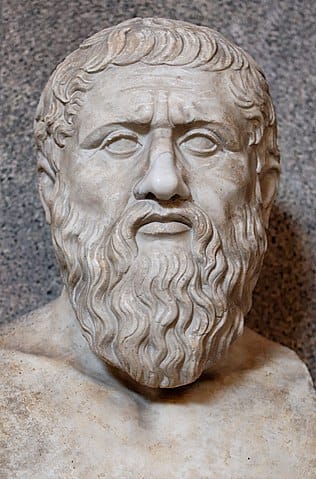
In conventional dialectics, if the premises of an argument had any contradiction, the premises were considered false. Consequently, there used to be no premise left and one had to wait for a new premise. Hegel’s dialectics is a departure from Plato’s conventional dialectic philosophy. It involves sublation (preservation as well as rejection) of prior determined concepts that eventually get transformed into a new concept. Unlike Plato’s concept, Hegel’s dialectical method does not rely upon a brand-new idea or premise. Instead, progression occurs due to organic necessity. This sense of natural necessity makes Hegel’s dialectics logical.

The Master-Slave Dialectic
The Master-Slave Dialectic is one of the most popular, significant sections in Hegel’s Phenomenology of Spirit. In this section, Hegel insists that human identity and consciousness are social and historical in nature. This is very clearly demonstrated in the master-slave dialectic.
Hegel had already examined three phases of consciousness
- Sense Certainty
- Perception
- Understanding
According to him, self-consciousness attains satisfaction only when it is recognized and acknowledged by another self-consciousness, and that “self-consciousness is Desire in general” (PS, 105). It is only when we see ourselves in relation to others that we are able to have a sense of self and dignity.
Each consciousness considers its perception and ideas as the only and dominant existence. The moment it comes face to face with another consciousness, it realizes that its perception and concepts are not the only ones existing. This difference results in a tension and clash between both consciousnesses. Each self wants to eliminate the other and establish itself both subjectively as well as objectively. This life-and-death battle between the two identities does not result in death. Instead one wins independence while the other loses it. In Hegel’s Master-Slave dialectic, the master is the consciousness that conquers, while the slave is the one that surrenders and serves the master.
The master and the slave can be immediately perceived as complete opposites. The master uses the slave or the servant to work for him. Now that the master has reduced the other consciousness to its inferior, to a thing that works for him, it can no longer get the desired recognition from an equally free and autonomous consciousness.
On the other hand, the slave undergoes difficult and drastic changes. Firstly, the conflict with the master shakes the foundation of their existence. They are forced to realize that their perception is not the standard worldview and have to submit to the master. Thus the slave is forced to think and negate the established. Secondly, when the slave has to work for the master, he transcends his existence through servitude, obedience, and discipline. Through his work, the slave is able to create and transform. Due to hard work, his desire is held in check but he is able to derive a sense of being in the product he creates. The slave realizes that through work, they are able to create and transform the world around them. This is something that the master is deprived of. In this manner, the slave progresses way beyond the master in affirmation of his identity through labor. According to Hegel, the moments of fear, submission, servitude, and obedience are essential for the slave to attain an independent existence and form.
On the other hand, the master enjoys the labor of the slave. At this stage, there is an inversion in the power differential. Firstly, the master’s recognition is dependent upon the servant. Secondly, the master is dependent upon the slave for sustenance, and to enjoy the fruits of his labor. During the struggle, both conflicting consciousnesses desired recognition and autonomy. Even though the master is able to assert its dominance over the slave (servant), it ends up treating the latter as an instrument, an inferior thing at its service. In this way, it deprives itself of recognition from another consciousness. Thus, the master’s desires are doubly thwarted.
Throughout the philosophy of Hegel’s dialectics, the very nature of consciousness is to negate the given and elevate it through critical thought.
Even though Karl Marx had agreed with Hegel that consciousness was a social construct, he highlighted how Hegel only saw the advantages of labor for consciousness. According to Marx, Hegel ignores the circumstances where the worker is alienated from his labor in a way that he is unable to see himself in his own creation.

Understanding Hegel’s Dialectics Summarized
- Hegel’s Dialectical method is a departure from the traditional dialectic argument by Plato.
- The main aim of Hegel’s dialectical method is to reach the absolute truth or the whole truth.
- It has three stages or moments - immediate, stable, simplified determination, critical thinking or negatively rational, and speculative or positively rational. These stages are popularly referred as thesis, antithesis, and synthesis. However, Hegel never used these terms himself. It was Johann Gottlieb Fichte who originated the concept of thesis-antithesis-synthesis.
- Every stage in Hegel’s dialectical method is just a part of a whole, a temporary stage in a process.
- Each phase preserves as well as rejects the phase before it. This process is known as sublation.
- The third moment or stage unifies the two contradictory identities into a unifying, totalizing, and absolute concept.
- Hegel’s dialectical method operates on three main levels - logical, phenomenological (forms assumed by consciousness), and historical.
- Hegel’s dialectical method is a movement from substance to subject, the progress of consciousness towards self-consciousness.
- For Hegel, complete truth is the only thing that is whole and absolute. “The True is the whole…Of the Absolute it must be said that it is essentially a result, that only in the end is it what it truly is”
Major Works by Hegel
1807- The Phenomenology of Spirit
1812- 1816- Science of Logic (a three-volume work also known as the Greater Logic)
1817- Encyclopedia of the Philosophical Sciences (also known as the Encyclopedia Logic)
1820- Philosophy of Right
References
Anderson, Ellie . “Hegel: The Master-Servant Dialectic.” YouTube, Overthink Podcast, 18 Mar. 2022, www.youtube.com/watch?v=bKz-HtOPvjE&pp=ygUWbWFzdGVyIHNsYXZlIGRpYWxlY3RpYw%3D%3D. Accessed 20 Jan. 2024.
Anderson, Ellie. “Hegel: Dialectical Philosophy.” YouTube, Overthink Podcast, 15 Oct. 2021, www.youtube.com/watch?v=lFvY-nBJEsg. Accessed 20 Jan. 2024.
Leitch, Vincent B, et al. The Norton Anthology of Theory and Criticism. 3rd ed., New York, W.W. Norton & Company, 2018.
Redding, Paul. “Georg Wilhelm Friedrich Hegel (Stanford Encyclopedia of Philosophy).” Stanford.edu, 2015, plato.stanford.edu/entries/hegel/.
Rafey Habib. A History of Literary Criticism and Theory : From Plato to the Present. Malden, Mass., Blackwell Publishing, 2009.
Spencer, Lloyd, and Andrzej Krauze. Introducing Hegel : A Graphic Guide. [London], Icon Books, 2015.
Read More on Literary Theory

